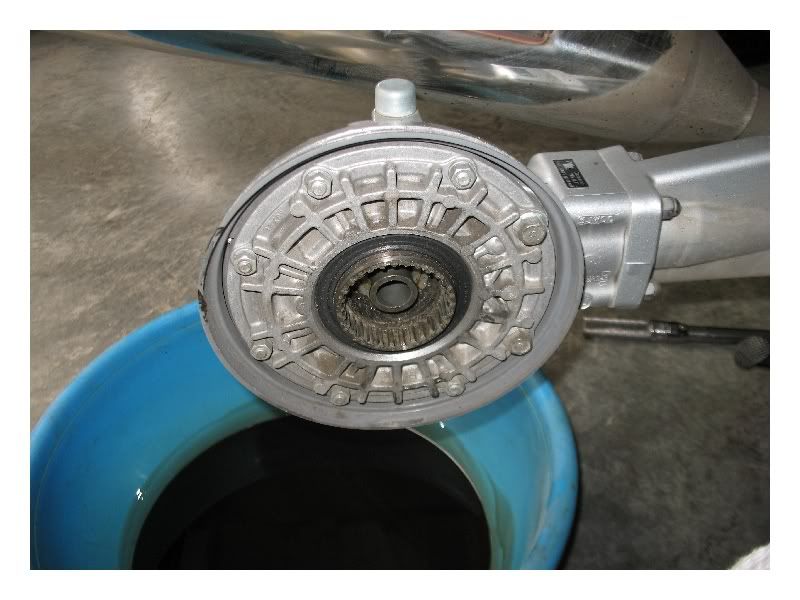markjenn
Well-known member
Way too much worry in this thread.
You couldn't strip or wear out those rear hub splines in a billion miles. Compare the total area that the torque forces act over vs. the area in the forward splines. Probably 10x more area. Yamaha has absolutely no lubrication requirement for these. I'm sure it doesn't hurt to slap something in there if you like, but it is not necessary at all.
Yamaha does specify "lithium soap based grease" (Honday Moly is good too) on the splines at the u-joint, but only on disassembly. There is no periodic maintenance requirement, although it's easy to get to the one at the front of the drive shft when you do a tire change, so why not. But it's not one of those things likely to bite if you skip it for a bit. Whether you lube the rear spline at tire changes, I'd do both the drive shaft and the u-joint splines about every 16K or so when you're supposed to do the swingarm and suspension linkages. Speaking of which, it doesn't make much sense to worry about doing those splines religiously every tire change and then let the suspension and swingarm bearings go for 50K miles like most do. As they say, RTFM.
- Mark
You couldn't strip or wear out those rear hub splines in a billion miles. Compare the total area that the torque forces act over vs. the area in the forward splines. Probably 10x more area. Yamaha has absolutely no lubrication requirement for these. I'm sure it doesn't hurt to slap something in there if you like, but it is not necessary at all.
Yamaha does specify "lithium soap based grease" (Honday Moly is good too) on the splines at the u-joint, but only on disassembly. There is no periodic maintenance requirement, although it's easy to get to the one at the front of the drive shft when you do a tire change, so why not. But it's not one of those things likely to bite if you skip it for a bit. Whether you lube the rear spline at tire changes, I'd do both the drive shaft and the u-joint splines about every 16K or so when you're supposed to do the swingarm and suspension linkages. Speaking of which, it doesn't make much sense to worry about doing those splines religiously every tire change and then let the suspension and swingarm bearings go for 50K miles like most do. As they say, RTFM.
- Mark
Last edited by a moderator:





















































